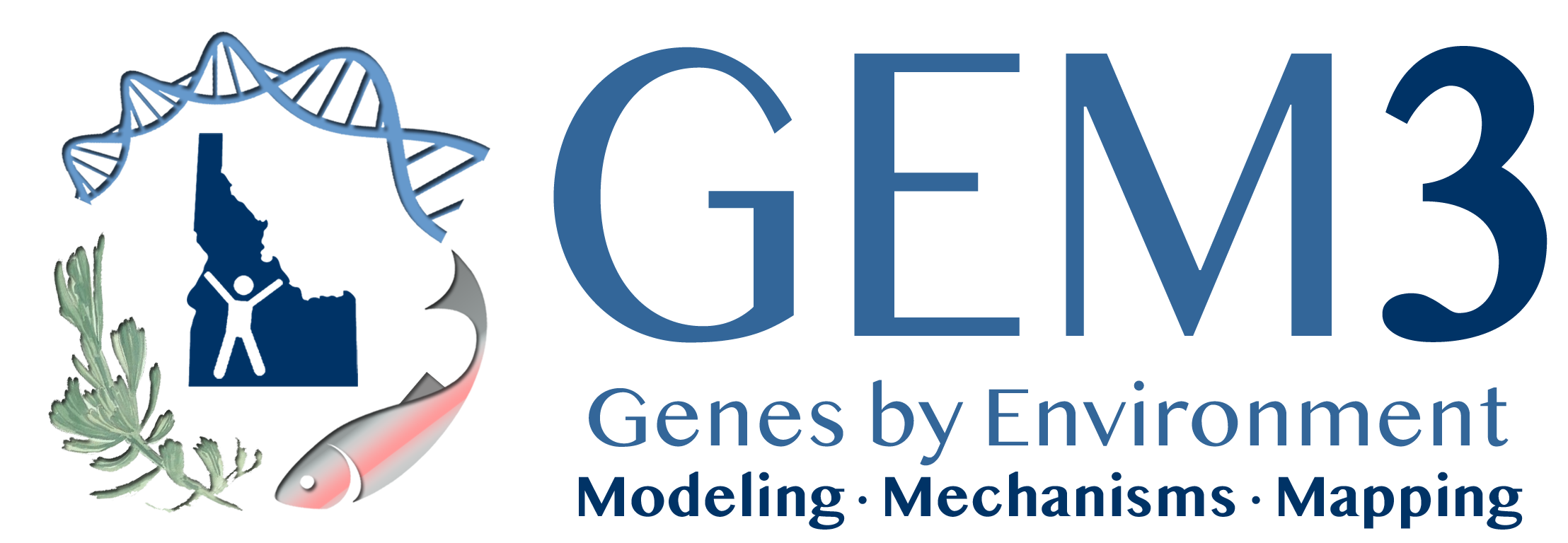Understanding the neutral (demographic) and adaptive processes leading to the differentiation of species and populations is a critical component of evolutionary and conservation biology. In this context, recently diverged taxa represent a unique opportunity to study the process of genetic differentiation. Northern and southern Idaho ground squirrels (Urocitellus brunneus—NIDGS, and U. endemicus—SIDGS, respectively) are a recently diverged pair of sister species that have undergone dramatic declines in the last 50 years and are currently found in metapopulations across restricted spatial areas with distinct environmental pressures. Here we genotyped single-nucleotide polymorphisms (SNPs) from buccal swabs with restriction site-associated DNA sequencing (RADseq). With these data we evaluated neutral genetic structure at both the inter- and intraspecific level, and identified putatively adaptive SNPs using population structure outlier detection and genotype–environment association (GEA) analyses. At the interspecific level, we detected a clear separation between NIDGS and SIDGS, and evidence for adaptive differentiation putatively linked to torpor patterns. At the intraspecific level, we found evidence of both neutral and adaptive differentiation. For NIDGS, elevation appears to be the main driver of adaptive differentiation, while neutral variation patterns match and expand information on the low connectivity between some populations identified in previous studies using microsatellite markers. For SIDGS, neutral substructure generally reflected natural geographical barriers, while adaptive variation reflected differences in land cover and temperature, as well as elevation. These results clearly highlight the roles of neutral and adaptive processes for understanding the complexity of the processes leading to species and population differentiation, which can have important conservation implications in susceptible and threatened species.
| GEM3 author(s) | |
| Year published |
2021
|
| Journal |
Molecular Ecology
|
| DOI/URL | |
| Mentions grant |
Yes
|
